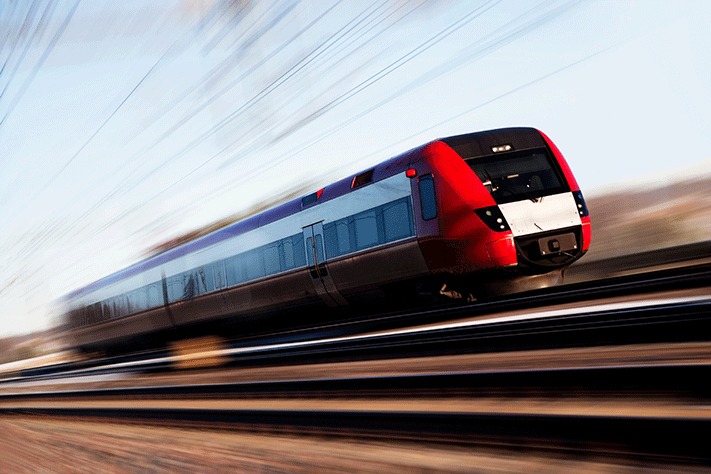Top 3 Vibration Energy Harvesting Applications
 Working with engineers and designers interested in energy harvesting over the past 10 years I've learned a lot about what makes a good application for vibration harvesting. The requirements for a good application are pretty simple, there needs to be a consistent vibration present (ideally fixed frequency and "reasonable" amplitude), hard wire power or battery replacement has to be not practical, and there has to be a need to sense something valuable. If you want a little more detail on the steps to identifying a good vibration energy harvesting solution and choosing the right harvester check out my Four Steps to Selecting a Piezoelectric Energy Harvester post. Without further ado, here are the top three applications.
Working with engineers and designers interested in energy harvesting over the past 10 years I've learned a lot about what makes a good application for vibration harvesting. The requirements for a good application are pretty simple, there needs to be a consistent vibration present (ideally fixed frequency and "reasonable" amplitude), hard wire power or battery replacement has to be not practical, and there has to be a need to sense something valuable. If you want a little more detail on the steps to identifying a good vibration energy harvesting solution and choosing the right harvester check out my Four Steps to Selecting a Piezoelectric Energy Harvester post. Without further ado, here are the top three applications.
Ideal Industries and Applications for Vibration Energy Harvesting
Helicopters
If you have ever flown in a helicopter you know that there is no shortage of vibration available to harvest from! Also, these vibrations often are consistent with the rotor RPM (1 per rev, 2 per rev etc). All different types of sensors are needed on a rotor craft to ensure structural and component health. Systems such as the health and usage monitoring system (HUMS) benefit from as many sensors as possible. Running wires to all of these sensors is not only complex and costly but also adds weight, which for a helicopter world is at a premium. Due to all of these factors, helicopters are an ideal application.
Trains
The vibrations on a train are not quite as consistent as with helicopters, but they are still pretty healthy, especially in the truck frame area where the vibration is not as damped. Train derailments and the desire to develop high speed rail solutions create a need for more and more sensors to ensure structural and system health. Wired power is a non-starter due to the amount of wiring needed and the harsh environment under a train. Batteries are not a good solution due to the temperature extremes they would be exposed to and cost of replacement. I've completed one project with the Federal Railroad Administration (FRA) where we designed a completely self powered train brake force measurement device which was able to use a multi-hop wireless network to communicate the brake force data "up the chain" to the locomotive. The energy harvester was capable of providing adequate power for the system in this scenario.
Bearings - All Industries
This one is a bit different than the first two. Some bearing applications will have hard wire power available, those applications will not benefit from energy harvesting. Also, if you are familiar with bearings you know that they are typically designed NOT to have vibration. However, bearing vibration is often an indicator of wear and eventual failure. Harvesting devices can be designed to harvest from this specific vibration and harvest enough energy to alert a condition based maintenance (CBM) system that the bearing needs replacement.
So there you have it, the top 3 applications. If you agree or disagree or have other applications that you think are ideal please leave a comment. Check out our website and subscribe to our blog if you want to learn more about piezoelectric energy harvesting solutions.
Chris Ludlow
Chief Growth Officer at Mide Technology
